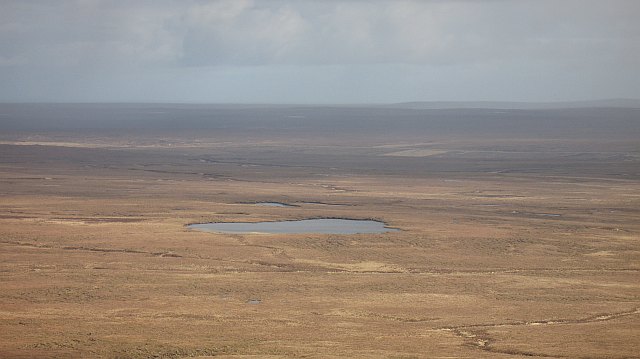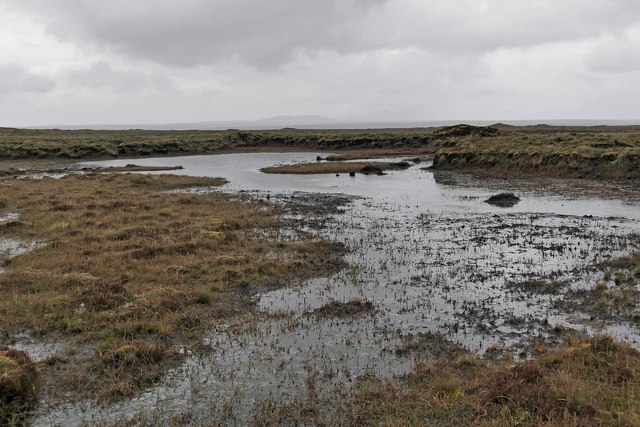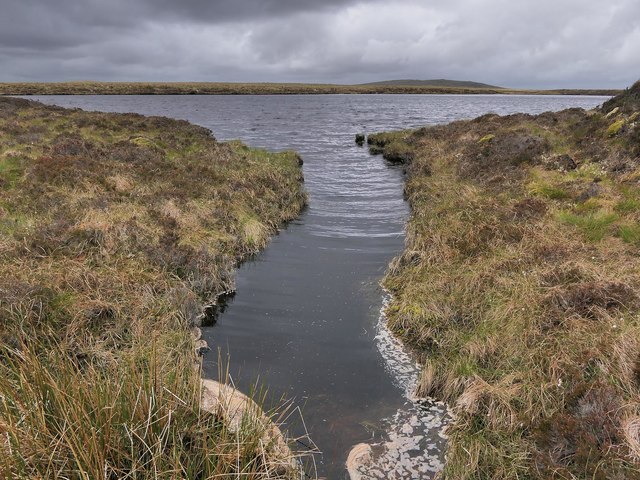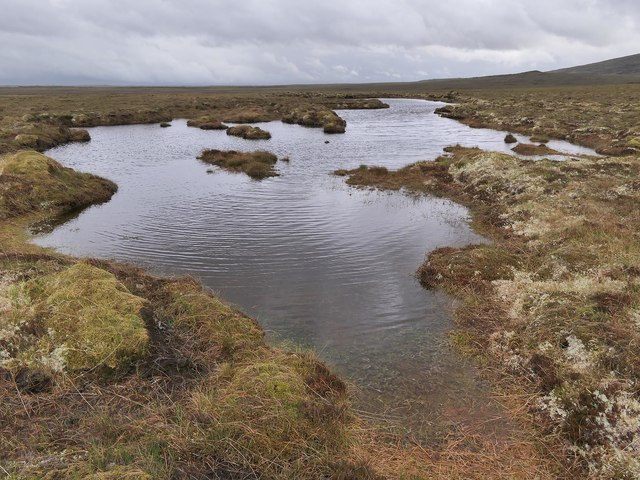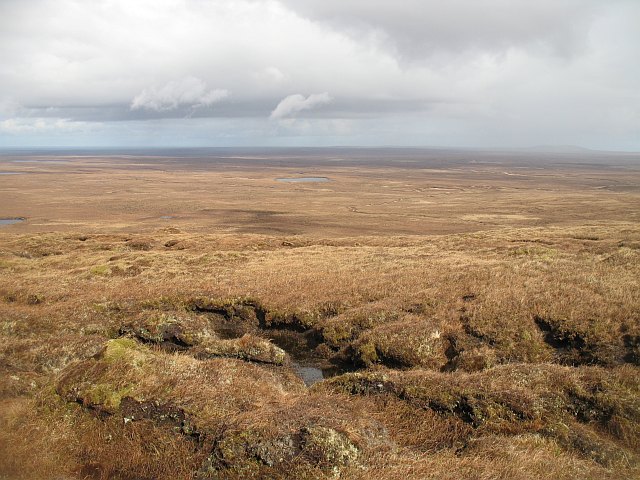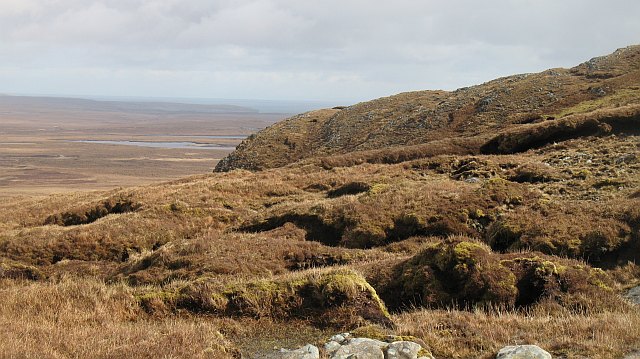Barcasdale
Valley in Ross-shire
Scotland
Barcasdale

Barcasdale is a small valley located in the county of Ross-shire, Scotland. Situated in the northern highlands, Barcasdale is known for its stunning natural beauty and rugged landscape. The valley is surrounded by rolling hills, lush green forests, and picturesque rivers that wind their way through the countryside.
Barcasdale is a popular destination for outdoor enthusiasts, offering a variety of activities such as hiking, cycling, and fishing. The valley is home to a diverse range of wildlife, including red deer, otters, and various bird species, making it a haven for nature lovers.
The small community of Barcasdale is made up of a few scattered houses and farms, giving it a peaceful and remote atmosphere. The residents of Barcasdale are known for their warm hospitality and strong sense of community.
Overall, Barcasdale is a hidden gem in the Scottish highlands, offering visitors a tranquil escape from the hustle and bustle of city life. Whether you are looking to explore the great outdoors or simply relax in a peaceful setting, Barcasdale is the perfect destination for nature lovers and adventure seekers alike.
If you have any feedback on the listing, please let us know in the comments section below.
Barcasdale Images
Images are sourced within 2km of 58.273676/-6.4772451 or Grid Reference NB3740. Thanks to Geograph Open Source API. All images are credited.

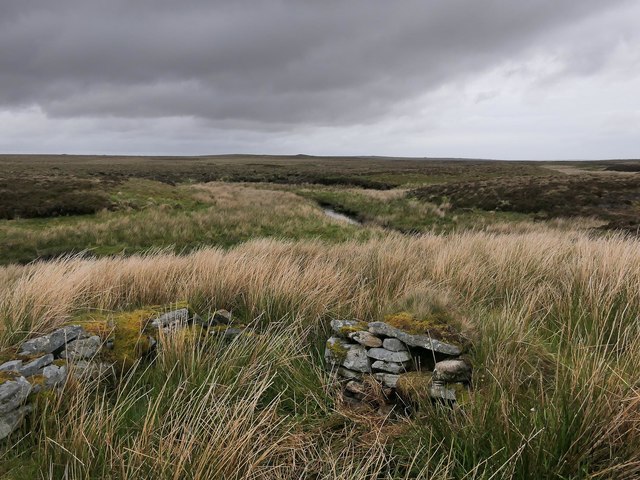
Barcasdale is located at Grid Ref: NB3740 (Lat: 58.273676, Lng: -6.4772451)
Unitary Authority: Na h-Eileanan an Iar
Police Authority: Highlands and Islands
What 3 Words
///boomer.dissolve.handbags. Near Stornoway, Na h-Eileanan Siar
Nearby Locations
Related Wikis
Newvalley, Lewis
Newvalley (Scottish Gaelic: An Gleann Ùr) is a hamlet on the Isle of Lewis in the Outer Hebrides, Scotland. Newvalley is within the parish of Stornoway...
Lewis Peatlands
Lewis Peatlands (Scottish Gaelic: mòinteach Leòdhais) is a large area of blanket bog covering more than one third of the Isle of Lewis, off the west coast...
Newmarket, Lewis
Newmarket (; Scottish Gaelic: An Margaidh Ùr [ən̪ˠ ˈmaɾakaj ˈuːɾ]) is a village in the Outer Hebrides of Scotland, on the Isle of Lewis near Stornoway...
Marybank, Lewis
Marybank (Scottish Gaelic: Bruach Màiri, IPA:[ˈpɾuəxˈmaːɾʲɪ]) is a settlement on the outskirts of Stornoway, Isle of Lewis in the Outer Hebrides of Scotland...
Have you been to Barcasdale?
Leave your review of Barcasdale below (or comments, questions and feedback).
